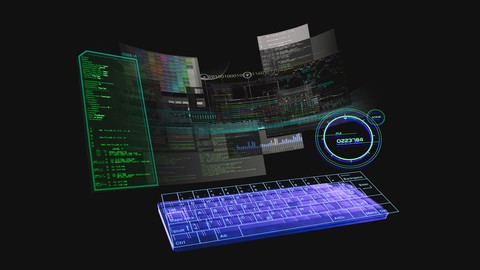‘Corona Outbreak Revolutionising the future of India’s education system’ by Dr. Narendra Shyamsukha, Founder & Chairman, ICA Edu Skills.
Just in a matter of few months, the face of education in India has also changed. With the coronavirus spreading across the globe, countries have been taking numerous swift actions to lessen the development of a full-blown pandemic. According to a report, the OECD estimated that over 421 million children are affected due to school closures announced or implemented in 39 countries. Corona Outbreak These closures of educational institutes have caused inconvenience initially but later prompted new heights of educational innovation.

Important Announcement – EasyShiksha has now started Online Internship Program “Ab India Sikhega Ghar Se”

Corona Outbreak Even the decision of launching ‘PM eVidya’ program by Prime Minister Narendra Modi-led government during the unprecedented times of COVID-19 is a stepping stone towards revolutionising the education sector, which was reeling under the adverse effect of the massive lockdown to cease the spread of the deadly virus. The program aims to provide a multi-mode access to digital education so that 100 Indian Universities can start online courses immediately. Digital education has emerged as a clear winner during this pandemic around the world. The ‘PM eVidya’ program is also encouraging for students, who were quite perturbed about their future thinking whether regular classes will take place this year or not
With no vaccination yet and lockdown getting extended, here are implication that suggest the pandemic could have a lasting impact on the trajectory of learning innovation and digitization. Here are the four trends that could be at the forefront of future transformations:
Change in education could lead greatest innovations
We have lamented numerous times about the slow-pace change in the education process be it outdated classrooms, lecture-based approaches to teaching. However, with COVID-19, the whole world has adapted to the innovative solutions in a relatively short period of time.
Top Courses in Software Engineering
More Courses With Certification
Important Announcement – EasyShiksha has now started Online Internship Program “Ab India Sikhega Ghar Se” during this lockdown.
For example: students in Hong Kong started to learning at home via interactive apps. In China, 120 million Chinese got access to learning material through live television broadcasts. . In one Nigerian school, standard asynchronous online learning tools (such as reading material via Google Classroom), were augmented with synchronous face-to-face video instruction, to help preempt school closures. Similarly, students at one school in Lebanon began leveraging online learning, even for subjects such as physical education. Students shot and sent over their own videos of athletic training and sports to their teachers as “homework,” pushing students to learn new digital skills.
Even 4G and 5G technology in countries such as China, US, Japan and India, have promoted the initiative of ‘learning anywhere, anytime’ of digital education in a range of formats. Traditional in-person classroom learning will be complemented with new learning modalities – from live broadcasts to ‘educational influencers’ to virtual reality experiences.
The digital divide has expanded
Most schools in affected areas have come up with digital teaching to continuethe education process. But, it has been seen that the quality of learning is dependent upon the quality and access of the digital platforms. After all, only around 60% of the globe’s population is online. Many students are relying on lessons and assignments sent via WhatsApp or email. The situation is not the same in less-affluent societies. When classes transition online, these children lose out because of the cost of digital devices and data plans.Unless access costs decrease and quality of access increase in all countries, the gap in education quality, and thus socioeconomic equality will be further exacerbated.
Time to build resilience
The wide spread of COVID-19 has at least taught us how to become resilient during this pandemic time. We have to be quick in adjusting with various threats right from pandemic disease to extremist violence to climate insecurity, and even, yes, rapid technological change. The most important skills, which are needed based on the informed decision making, creative problem solving, and perhaps above all, adaptability. To ensure those skills remain a priority for all students, resilience must be built into our educational systems as well.
Empower your team. Lead the industry
Get a subscription to a library of online courses and digital learning tools for your organization with EasyShiksha
Request NowPublic-private educational partnerships have come for the rescue
The moment the lockdown was announced, we have seen many collaborations taking place ., with diverse stakeholders – including governments, publishers, education professionals, technology providers, and telecom network operators. They all are coming together to promote how to utilize digital platforms for a better future. This initiative has been a saving grace for many emerging countries, where education has predominantly been provided by the government. it is evident that educational innovation is receiving attention beyond the typical government-funded or non-profit-backed social project.
For more information related to technology, visit HawksCode and EasyShiksha
ALSO READ: technique-allows-for-any-shape-touchscreens
Get Course: Basic-Number-System-Formulas-Tricks
















































































